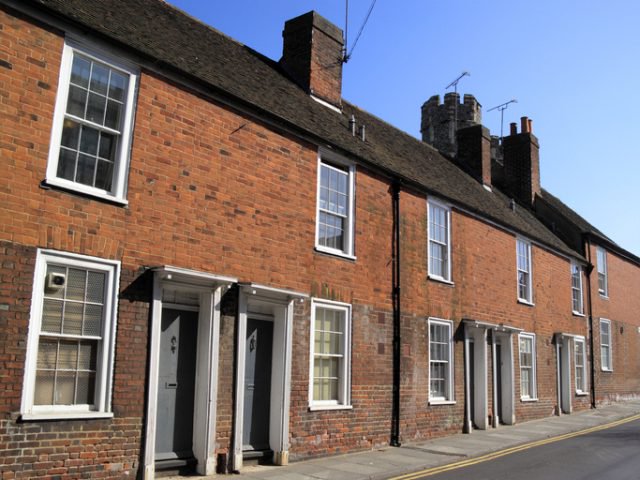It appears that the General Election result had no immediate impact on rents across England and Wales, according to the latest Buy-to-Let Index from Your Move.
Rent prices
All regions saw rents rise or remain level in June on a monthly basis, as the average rent price now stands at £827 per month.
Between May and June, the average rent across England and Wales rose by 1.6%, while annual growth stands at 2.1%.
The estate agent believes that the uncertainty caused by the General Election had no short-term impact on the rental market; in three of the ten regions of England and Wales, rents remained stable month-on-month, with the remaining regions reporting increases.

General Election Result has Little Impact on Rents, Reports Your Move
The greatest rises were seen in the North West and West Midlands, where prices grew by an average of 0.3% in June to reach £629 and £609 per month respectively.
In the East Midlands, South East, and Yorkshire and the Humber, rents all rose by 0.2% over the month.
On an annual basis, Wales boasted faster rent growth than anywhere else. Prices were up by 7.2% over the year to June, although this area still remains one of the cheapest places to rent a property. The average rent in June was £599, compared to £559 in June 2016.
The next strongest growth was recorded in the East of England, where the average property was let for £872 – 3.6% more than last year.
Just two regions saw prices fall compared to June 2016. The South West experienced the greatest decline in rents, with the average property costing £664 per month in June – 2.6% less than 12 months ago.
London was the other area to see rents drop, although it still remains the most expensive place to rent in England and Wales. The typical rent price in the capital stood at £1,277 in June – 1% lower than a year ago.
However, there remains a significant disparity within the capital itself. Rents in the London transport Zone 2 cost an average of £1,629 per month, compared with £1,101 for those located in Zone 5 – a 48% difference.
Rents in areas that fall under Zone 3 and 4 were the lowest of all eight districts, at £944.44 in June.
Landlord returns
June saw some welcome relief for landlords, as yields in some parts of England and Wales showed signs of improvement.
While returns have been squeezed for some time, Your Move found that the average yield improved in both the North East and North West in June, although only by a small margin. These two regions continue to offer the largest yields, at an average of 5.23% and 5.01% respectively.
However, the majority of regions saw returns drop year-on-year, meaning that it remains a mixed picture for investors.
While the largest declines came in the East Midlands and East of England, yields fell by only 0.2% over the month and by just 0.5% over the year.
London offered the smallest percentage return for landlords in June, with an average yield of just 3.1%.
Landlords are also battling with different expectations regarding tenancy length, depending on where in the country their properties are situated.
In both Filton, Gloucestershire and Taunton, Somerset, the average tenancy lasts six months. This compares to an average tenancy length of 44 months in Sevenoaks, Kent – the highest recorded by Your Move.
Tenant finances
The financial situation of tenants improved again in June, as the proportion of renters in arrears dropped, the report shows. The percentage of households in England and Wales in arrears was 7% in June – well below the 9.6% recorded in May.
The number of tenants in rent arrears remains well below the all-time high of 14.6%, which was seen in February 2010.
While this is encouraging news, we urge all landlords to protect their rental incomes against rent arrears with Rent Guarantee Insurance – a peace of mind cover that ensures you still get paid, even if your tenant can’t.
Find out more about the essential policy from Just Landlords: https://www.justlandlords.co.uk/rentguaranteeinsurance











